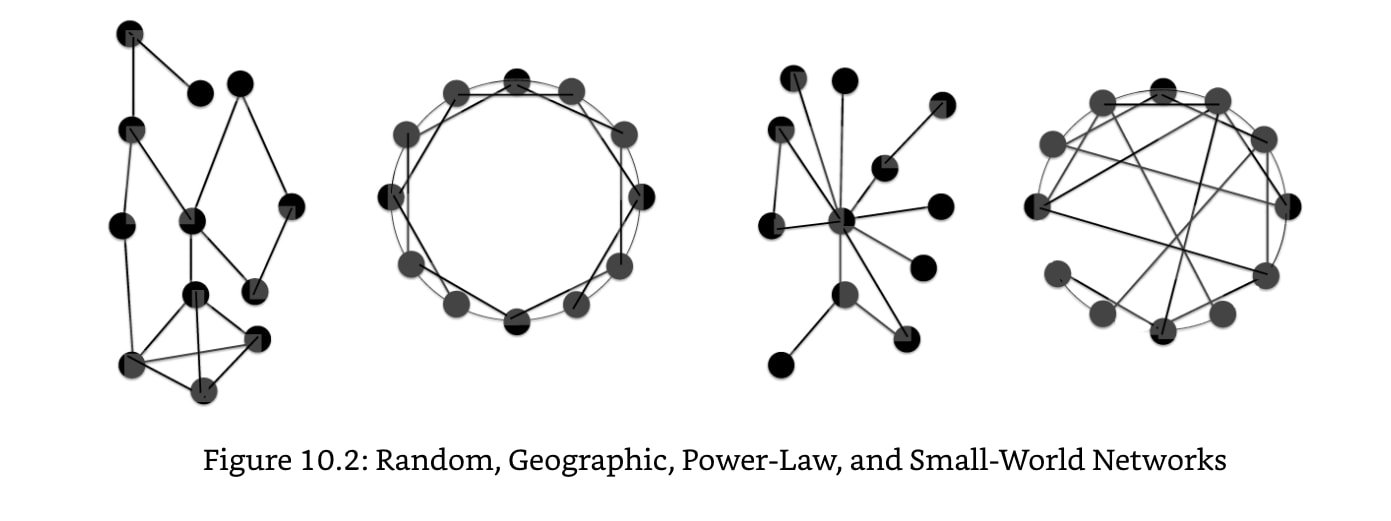Charlie Munger is famous for championing the idea of mental models. Mental models help us think about the world by simplifying very complex topics into more digestible and tractable ideas. The challenge with mental models is first learning about them and second figuring out which model applies when.
We use mental models in our daily lives. The 80/20 rule is the Pareto Principle. Focus on the stuff that will yield 80% of the result with 20% of the work.
Scott Page’s The Model Thinker is a deeper dive into the theory of mental models and the math behind them. Page is a professor at the University of Michigan, and his book explores mental models in a wonderful way. Two of those explanations have stuck with me.
The first is about random walks. Imagine ten startups (or venture firms) competing. Assume they have an identical journey and equal odds of success of winning a customer during a sales process. Also assume that the winning company gains a small advantage from that win: ability to hire a person, raise more capital or generate more revenue.
The math shows that the outcomes will follow a power law. There will be one company that wins most of the market.
The book also says that if one has a slight advantage, they should try to accelerate things as much as possible. In other words, raise as much money to hire sales executives to touch as many customers. This will reinforce their advantage and further accelerate the power law.
Page uses a basketball analogy. If one team is even slightly better than another, that team should play faster. More possessions means more shots on the basket, which should drive greater disparity in the score at the end of the game.

The second interesting topic was the structure of social networks. There are four types of social networks: random, geographic, power-law and small world networks. Each one has different properties. If you’re looking to leverage social networks for distribution/virality or some other component of your product, it’s worthwhile to understand the nuances and the ideal type of network to engender to maximize success.
There’s another chapter on Markov Models. I fell in love with Markov Models in grad school. If you want to model how to load passengers into aircraft or decide how to layout a checkout (single lines with many registers or many lines with many registers), you can use Markovs.
All of these mental models have assumptions and limitations but exploring them and knowing them is another set of powerful tools to think through business strategy.
Photo by Hal Gatewood on Unsplash